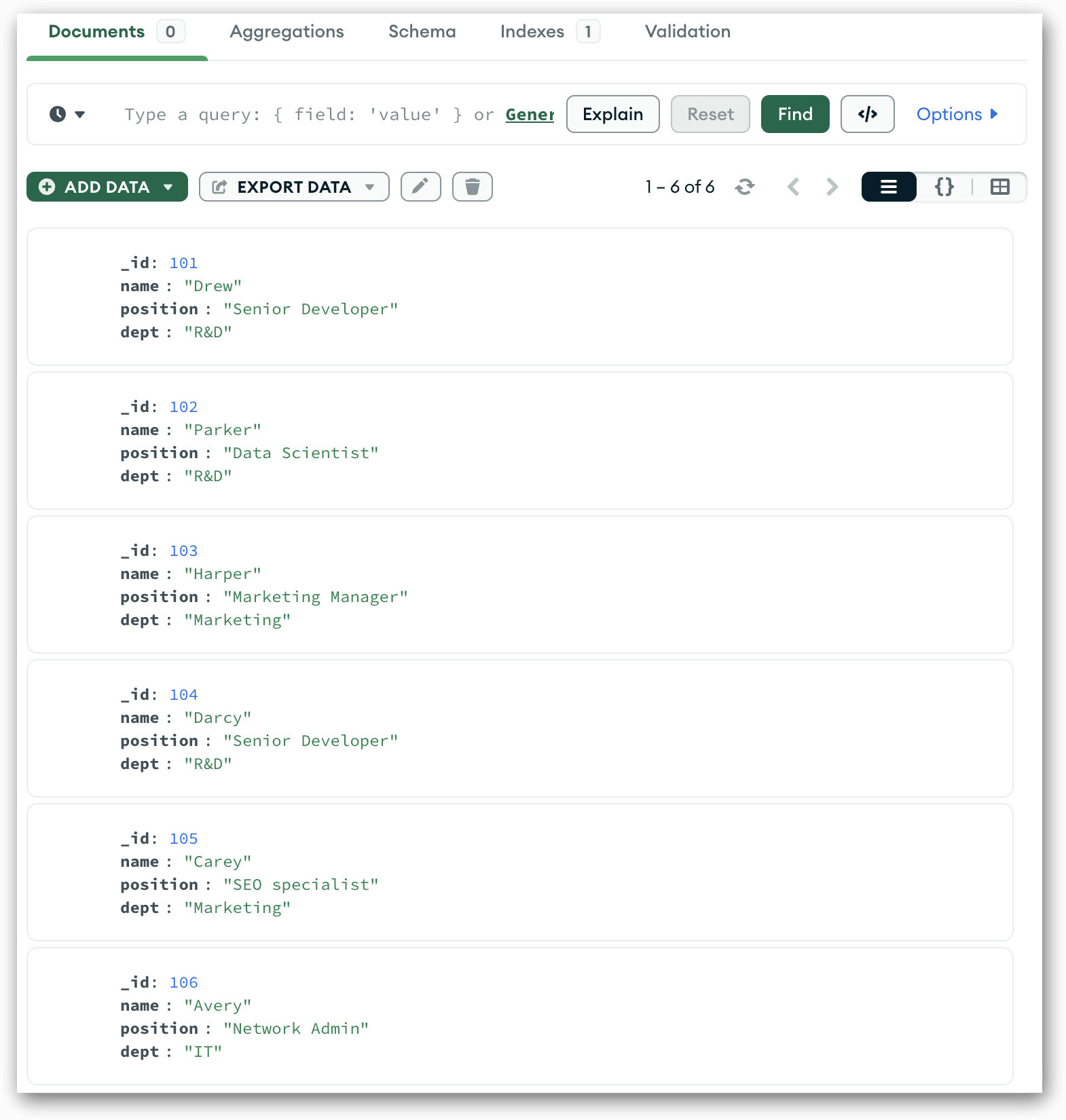Robert Sheldon
Robert is a freelance technology writer based in the Pacific Northwest. He’s worked as a technical consultant and has written hundreds of articles about technology for both print and online publications, with topics ranging from predictive analytics to 5D storage to the dark web. He’s also contributed to over a dozen books on technology, developed courseware for Microsoft’s training program, and served as a developmental editor on Microsoft certification exams. When not writing about technology, he’s working on a novel or venturing out into the spectacular Northwest woods.










